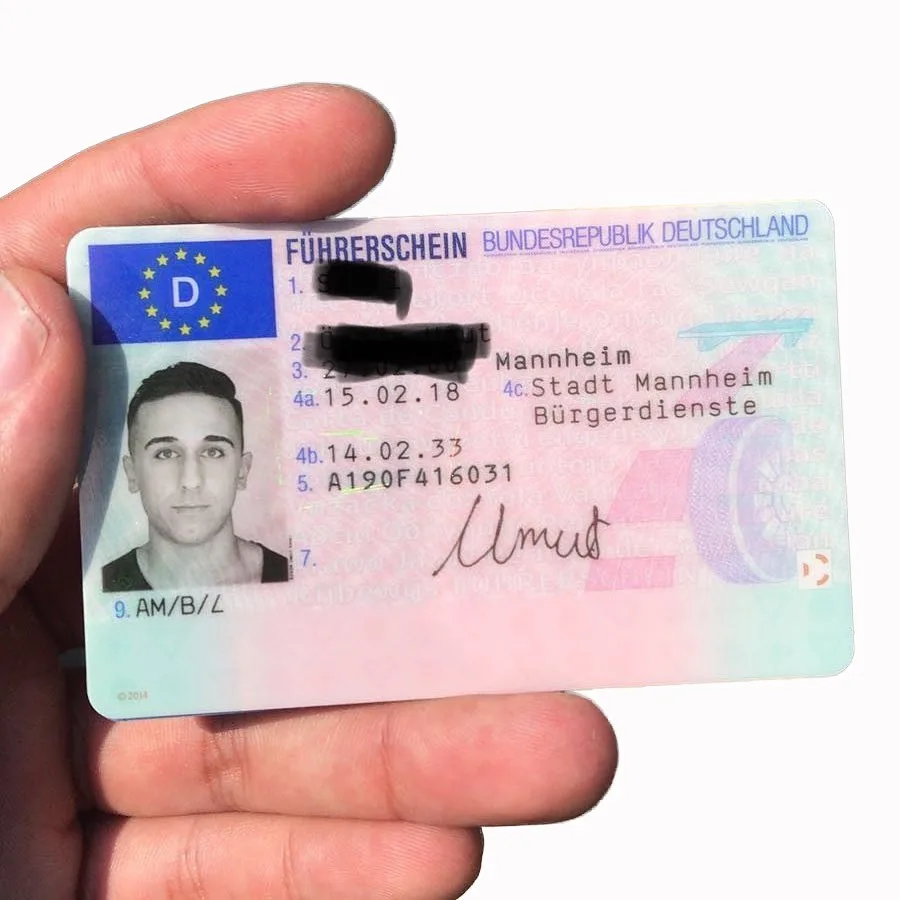Learning to Drive Without a Test: Checking Out Alternative Paths in Driver Education
In an era where benefit and development control the landscape of education and abilities acquisition, the conventional model of discovering to drive-- finishing a rigorous test to earn a driver's license-- has actually come under scrutiny. For lots of, the procedure of getting behind the wheel, studying hard, and passing both a written and practical driving test can be intimidating. Nevertheless, emerging more helpful hints and alternative techniques to driver education suggest that there may be methods to find out to drive without feeling the pressure of a formal testing environment.
Understanding the Traditional Model
Generally, making a driver's license requires possible motorists to undergo a series of tests created to evaluate understanding and useful abilities. These consist of:
Composed Test: This examines understanding of the rules of the road, traffic signals, and safe driving practices.
Practical Driving Test: Applicants should demonstrate their ability to run a car securely and in accordance with traffic laws.
While this design guarantees that all drivers meet a minimum requirement of skills, it can be a source of stress for many students. The worry of failure, combined with the logistics and expense associated with testing, can deter people from getting their license altogether.
Alternative Methods of Learning to Drive
Driving School Innovations: Many driving schools have actually started to use more tailored education programs that permit students to discover at their own speed. These programs often consist of one-on-one guideline with licensed driving instructors who concentrate on building confidence instead of pushing trainees to pass a test. Some modern driving schools even integrate online modules where students can study the guidelines of the road in a more unwinded setting before stepping into the car.
Simulated Driving Experiences: Advances in technology have led to the production of advanced driving simulators. These can supply valuable experience without the threat of accidents. Learners can practice their abilities in different climate condition, traffic situations, and driving scenarios that they may not encounter in common driving classes. This hands-on method to learning can improve a student's proficiency and confidence behind the wheel.
Peer-to-Peer Learning: Informal driving practice with pals or household members can also function as a feasible alternative to conventional approaches. While this approach does not totally remove the requirement for formal testing, it enables people to gain comfort and experience behind the wheel without the stress and anxiety of a main evaluation. Household or friends can supply guidance and feedback, making the discovering process less intimidating and more encouraging.
Flexible State Regulations: Some regions are beginning to reassess their compulsory testing policies, specifically for certain demographics, such as veterans or people with specials needs. These modifications show a growing acknowledgment that life experiences and driving routines might not constantly line up with conventional testing standards. Advocacy for a more holistic technique to examining driving skills is ending up being a topic of conversation in lots of legislative circles.
Private Certifications: In specific locations, individuals might check out alternatives that focus more on mentorship and safer driving behavior instead of conventional tests. Accreditation through neighborhood programs or recognized organizations that back experiential learning could motivate safe driving while bypassing the basic testing route.
The Benefits and Drawbacks

While discovering to drive without an official test uses many possible advantages-- such as lowering stress, promoting a more inclusive environment for students, and concentrating on proficiency over testing stress and anxiety-- it also raises issues. Critics argue that removing formal evaluations could cause disparities in driver preparedness, possibly jeopardizing road safety.
Furthermore, traditional testing serves not only as an examination of abilities, but as a standardized criteria that ensures all drivers have the required knowledge to navigate the roads safely.
Conclusion
The landscape of driver education is progressing. As alternative methods of learning to drive gain traction, striking a balance between versatility and security is vital. While it is clear that there are opportunities for discovering to drive without the pressure of an official test, guaranteeing that all drivers maintain a high standard of safety must remain a concern. In the future, we may see more customized approaches to driver education that accommodate various finding out styles, ultimately resulting in much safer, more positive drivers on our roadways.
